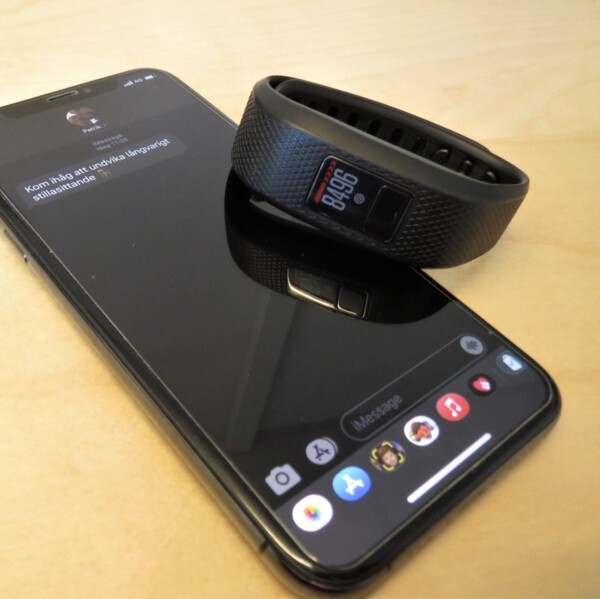Research project While regular structured exercise is a well-established cornerstone in the management of type 2 diabetes, adherence to recommended exercise guidelines remains low. About half of people with type 2 diabetes are physically active less than 30 minutes, three times/week, which highlight the need for alternative practical and acceptable approaches involving ‘sitting less and moving more’.
This project evaluates whether mHealth (activity tracker wristband and SMS reminders), in addition to counselling by a diabetes specialist nurse in primary health care, will lead to reduced occupational sitting time, increased number of steps and improved health outcomes. Participants are recruited from primary care in six regions in Sweden. If shown to be effective, this intervention could be implemented within typical primary health care settings, and integrated with regular diabetes check-ups.
SKANDIA, Diabetesfonden
Recipient researcher: Patrik Wennberg
Anna Ugarph Morawski, PhD, Karolinska Institutet
Karin Rådholm, docent, Linköping University
Louise Bennet, docent, Lund University
Margareta Hellgren, docent, University of Gothenburg
Paddy Dempsey, PhD, University of Leicester
Per Wändell, professor, Karolinska Institutet
Staffan Nilsson, docent, Linköping University
Stefan Jansson, PhD, Örebro University

ImagePatrik Wennberg
The time we spend sitting has increased, especially sitting at work. Activity assessments show that we spend on average 70-80 % of our working time seated. New experimental research suggests that breaking up and reducing prolonged sitting with light-intensity activity breaks results in improved blood sugar levels. Therefore, more everyday movement has been suggested as an alternative to increased exercise or as an important first step towards a more active life, especially for patients with exercise intolerance. However, there is a lack of knowledge about the long-term health effects of reduced sedentary behaviour in people with diabetes.
The project was initiated with a pilot study at Björknäs primary health care center in Boden and included 15 people with type 2 diabetes and sedentary work. The participants underwent an intervention aimed at reducing occupational sitting by gradually introducing short activity breaks (simple resistance activities or low intensity walking) up to three minutes every half hour during the working day. The intervention, which lasted for three months included counselling with a diabetes nurse and support from mHealth, including an activity tracker wristband and SMS text reminders. The activity tracker wristband “alarms” the participant when he/she has been continuously inactive for more than 1 hour. After the interview, the participants were interviewed. The participants described an increased awareness of their sedentary behaviour and that small individually adapted changes made it possible to reduce occupational sitting.
We have now started a 12-month study that evaluates behavioural changes in terms of reduced sedentary behaviour, increased physical activity and health effects of a mHealth intervention focusing on reducing occupational sedentary behaviour in adults with type 2 diabetes. A total of 142 participants are planned to be recruited at six study sites, to receive the intervention with support of mHealth or to a control group (counselling only). The hypothesis is that the intervention will lead to reduced sedentary time and increased daily steps, which in turn can lead to health effects such as reduced fatigue and less musculoskeletal problems as well as a positive effect on blood markers. The study is conducted within a national network for diabetes research in primary care.